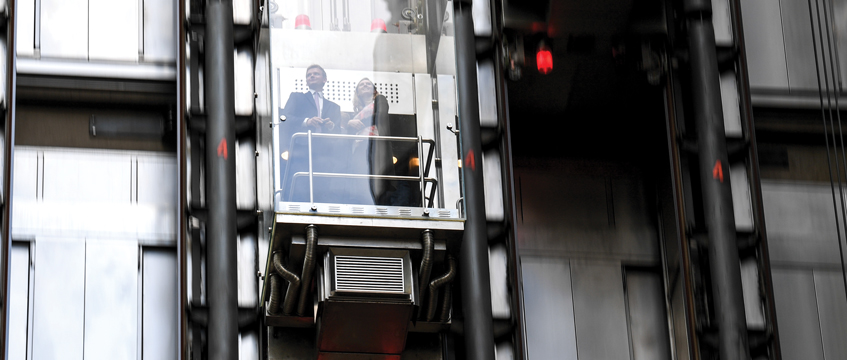COMMENT It is sometimes difficult to remember that it was only a year ago that countries were still grappling with repeated episodes of lockdown at different scales and physical distancing requirements were reshaping urban environments.
It was in this context that many cities expanded the use of smart city technology. Digital innovation has been leveraged to help cities rebound from the pandemic and accelerate the transition to a new urban paradigm for a more sustainable and resilient future.
To ensure the effectiveness of smart cities, it has been essential to be able to measure their performance and functioning. For instance, amid pandemic restrictions and ever since, companies, investors and commentators have been desperate to know how cities are rebounding from the shock of the pandemic.
To tell this story, we have been mostly reliant upon reports from technology that counts people on the street or arriving and departing transport hubs. Although invaluable during the pandemic, often this data has not been able to tell us how people are flowing around cities and has sometimes skewed our understanding of the ‘return to the office’ narrative.
However, by analysing unconventional data collected from elevators in offices and other building types, such as hotels, all over the world, other interesting behavioural trends can be revealed.
Going up
Kone’s elevator usage data tells us a different story, because the equipment of the engineering company moves more than one billion people worldwide each day. We are constantly analysing the flow of people and goods by measuring things such as the number of elevator journeys taken in buildings in major global cities.
This unique data tells a story of tourists and office workers steadily returning to European cities over the past year, particularly as workspaces have shifted back to being purposeful and productive spaces, especially as the office is redefined as a destination for socialising and community building. But the pattern varies greatly.
Take the example of Amsterdam’s office buildings, where the average number of starts per Kone elevator in January 2022 was 5,700, and increased by over 100% to 11,500 by November.
In London, at the beginning of 2022, the average number of starts per elevator in January was 6,600, which by the end of the year had increased by 56% to 10,300.
Paris, Berlin and Hamburg, however, had much more modest returns to the office measured by elevator journeys, which only went up by 33%, 44% and 36%, respectively, over the year.
Journey onwards
When it comes to hotel buildings, Amsterdam again topped the European chart for the largest increase in the average number of elevator journeys in 2022, with usage surging by 215% over the year and the average number of starts per elevator peaking at 25,600 in November.
Munich’s hotels saw a 168% increase in elevator starts over the year, while Berlin and Brussels also achieved triple-digit growth with both registering a 161% increase in elevator journeys.
The increase of elevator starts in hotels last year points to the boost enjoyed by tourism after Covid measures were lifted in many countries. But the variance between cities might also reflect the growing trend of people to choose destinations based on sustainability and safety factors; the city scale of Amsterdam offers both the proximity of local entertainment and accessibility, as it is possible to walk or cycle to most places and avoid crowds.
While many structural changes like the future of the office continue to play out, the importance of cities is certain. The number of people living in cities is predicted to rise from four billion today to more than six billion by 2050; and the way that people and goods interact with buildings will continue to adapt at a fast pace. Elevator data will be needed for insight into the flow of urban life, how buildings need to be adapted from one use to another, and how best to accommodate an increasing number of people in cities in a sustainable way.
Tessina Czerwinski is director of smart and sustainable cities at Kone











